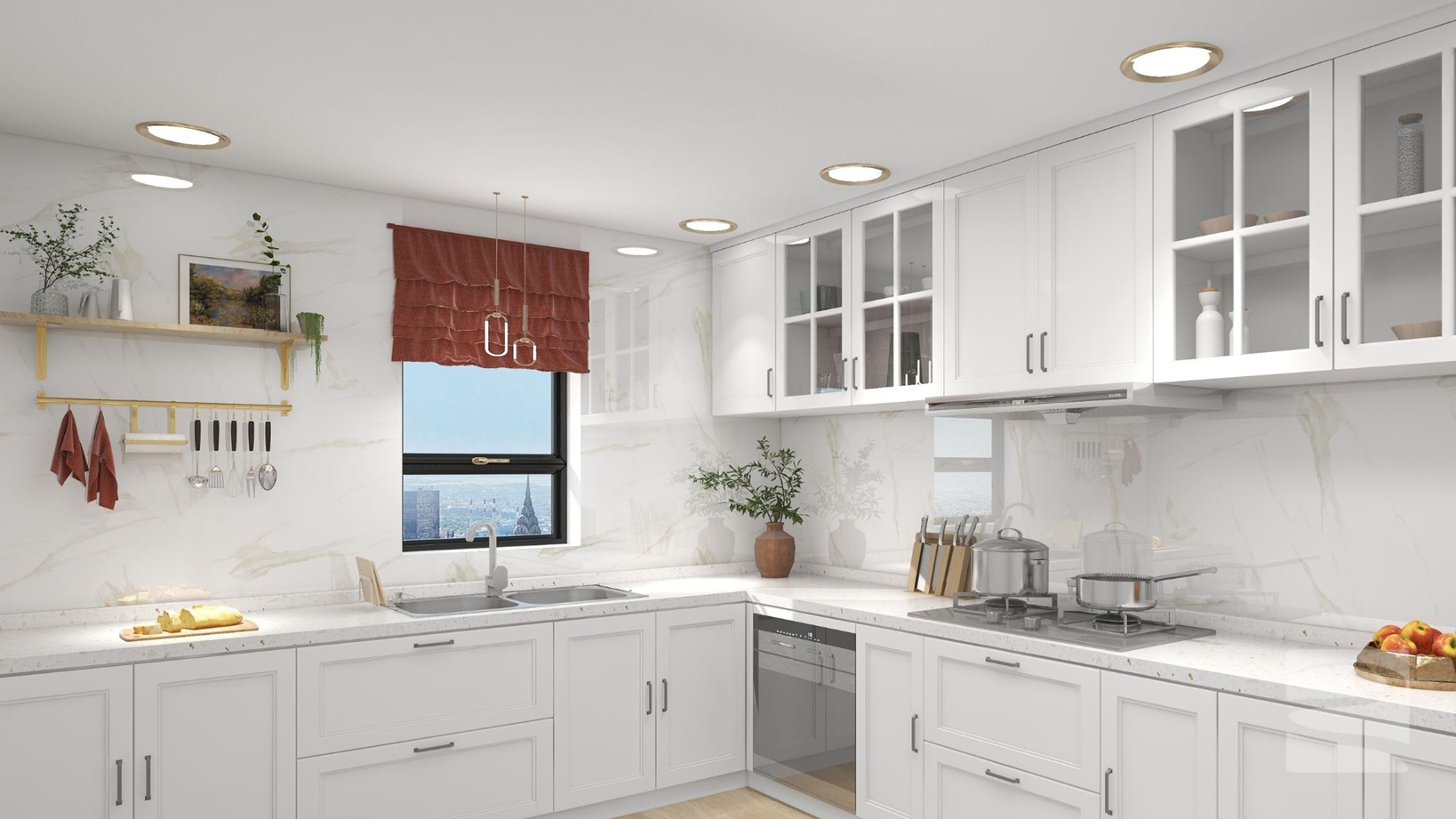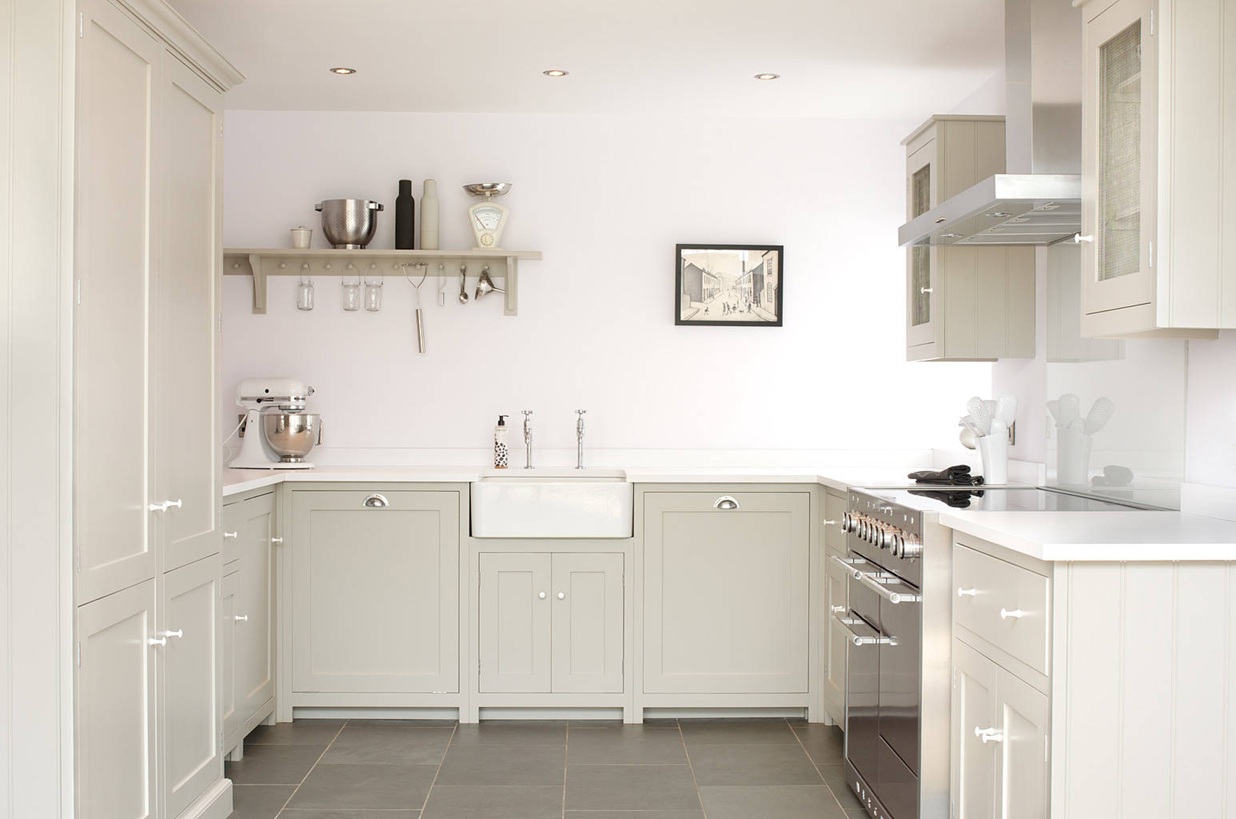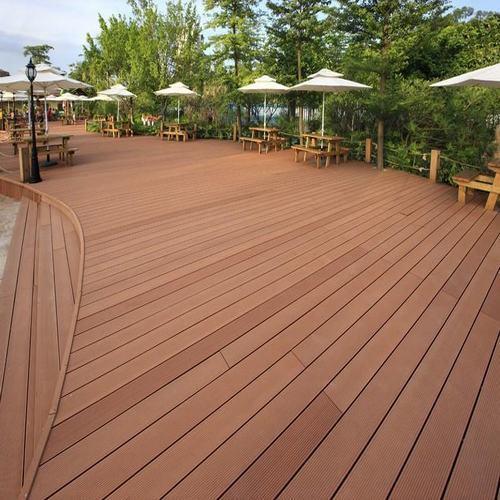
A large kitchen should feel open, airy, and inviting. But often, despite ample square footage, some kitchens feel tight, cluttered, and even restrictive. This paradox arises from a combination of layout inefficiencies, design choices, and traffic flow issues that unintentionally shrink the perceived space.
The reality is that space alone isn’t enough. How that space is organized, illuminated, and structured plays a crucial role in determining whether a kitchen feels expansive or congested. A kitchen packed with oversized cabinetry, poorly placed furniture, or an awkward layout can feel just as confining as a small one.
Poor Layout
The foundation of a functional, spacious kitchen lies in good layout design. Even in a large kitchen, an inefficient setup can create bottlenecks and dead zones, making it feel more cramped than it actually is.
Common layout issues include:
- Islands That Block Movement – A poorly positioned kitchen island can obstruct workflow, making cooking and cleanup more difficult.
- Too Much Distance Between Work Zones – A kitchen that forces unnecessary movement between the stove, fridge, and sink disrupts efficiency and makes the space feel scattered.
- Cramped Corner Spaces – Misaligned cabinetry or unused corners can make the kitchen feel fragmented and awkward.
- Overstuffed Perimeters – When every wall is lined with cabinets and appliances, it can make the space feel claustrophobic rather than open.
Traffic Flow Problems
A kitchen should have a logical flow, but too often, pathways become obstructed or overcrowded, leading to frustration.
- Open Concept Pitfalls – Large, open kitchens connected to living or dining areas often become high-traffic zones, leading to congestion around workstations.
- Entry and Exit Points – Multiple doorways can create intersecting pathways, causing people to unintentionally block each other.
- Barstools and Seating Areas – While kitchen islands and breakfast bars are inviting, too many chairs or stools can create an obstacle course rather than a functional space.
Overloaded Storage
Storage is essential in any kitchen, but too much of it—especially bulky upper cabinetry—can overwhelm the space.
- Ceiling-Height Cabinets – While practical, tall, closed-off cabinets can make walls feel heavy and box in the kitchen.
- Mismatched Open Shelving – When poorly executed, open shelving can contribute to visual clutter, making a kitchen feel more crowded.
- Too Many Appliances on the Counters – A coffee maker here, a toaster there, a blender in the corner—before long, counter space disappears, making the kitchen feel busy and congested.
Lighting Mistakes
Lighting plays a significant role in making a kitchen feel spacious. Insufficient or poorly placed lighting creates shadows and dark spots, which can make even a large kitchen feel enclosed.
- Lack of Layered Lighting – Kitchens need a blend of ambient, task, and accent lighting to eliminate shadows and add depth.
- Single Overhead Light Syndrome – Relying on a single ceiling light leaves corners dim, shrinking the perceived space.
- Dark Color Palettes with Poor Lighting – Deep, rich tones can be stunning, but in a poorly lit kitchen, they can feel oppressive and heavy.
Oversized or Mismatched Furniture

Furniture that is too large for the space or poorly placed can eat up valuable room, making the kitchen feel tighter than it actually is.
- Oversized Islands – A too-large island can obstruct movement and create pinch points between counters and appliances.
- Chunky Bar Stools – Large or high-backed bar stools add bulk, making an island feel crowded rather than inviting.
- Ill-Fitting Dining Tables – In eat-in kitchens, a dining table that’s too large can become an obstacle rather than a functional feature.
Too Many Design Elements Competing for Attention
A visually busy kitchen can feel chaotic and overwhelming, even if it has plenty of square footage.
- Too Many Patterns – Mixing multiple backsplash designs, flooring textures, and cabinet finishes can create visual clutter.
- Glossy vs. Matte Finishes – Overuse of reflective surfaces can create a sensory overload, making the space feel tighter rather than expansive.
- Lack of Visual Continuity – When different sections of the kitchen feel disjointed, the space loses flow and can feel more compact than it actually is.
How to Fix a Large Kitchen That Feels Small
Thankfully, a few strategic changes can transform a cramped-feeling large kitchen into a truly open and airy space.
- Optimize the Layout for Better Flow
- Consider a work triangle layout to reduce unnecessary movement.
- Scale down the island or reposition it to improve circulation.
- Keep primary workstations (sink, stove, fridge) within easy reach.
- Open Up Storage Without Losing Functionality
- Mix closed cabinetry with open shelving for a more breathable design.
- Use glass-front cabinets to reduce visual bulk.
- Relocate rarely used appliances to a pantry or storage area.
- Improve Traffic Flow
- Designate clear walkways at least 36 inches wide.
- Keep seating areas out of the main cooking zone.
- If possible, reconfigure doorways to minimize cross-traffic congestion.
- Use Lighting to Expand the Space
- Incorporate under-cabinet lighting to eliminate dark corners.
- Use pendant lights strategically to add warmth without overwhelming the space.
- Ensure ample natural light by keeping windows unobstructed.
- Choose Colors and Materials That Enhance Openness
- Stick to a cohesive color palette to create a seamless, flowing look.
- Use light, neutral tones to reflect light and create an airy feel.
- Select sleek, minimal hardware and fixtures to avoid unnecessary visual clutter.
- Scale Furniture to Fit the Space
- Opt for sleek bar stools with open or low-profile backs.
- Choose an appropriately sized island that allows for smooth movement.
- If using a dining table, pick one with a slim design to avoid overpowering the space.
A large kitchen doesn’t automatically guarantee an open and spacious feel. Design choices, layout efficiency, and how the space is used all play a role in whether a kitchen feels expansive or confined. By addressing common issues like poor flow, bulky furniture, excessive cabinetry, and lighting mistakes, it’s possible to unlock the full potential of your kitchen’s space.
A well-designed kitchen should feel functional, inviting, and effortlessly spacious—no matter its actual size.






